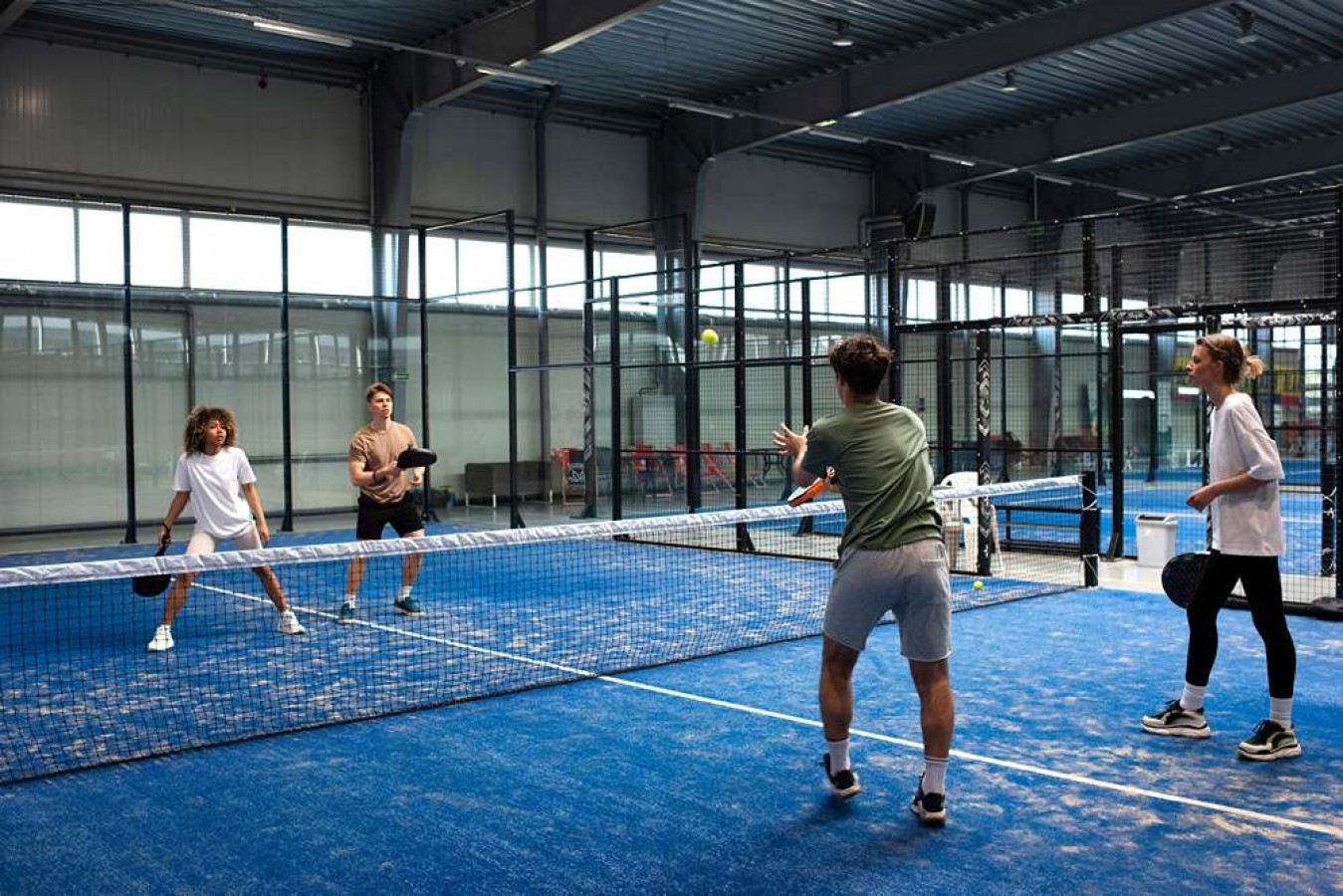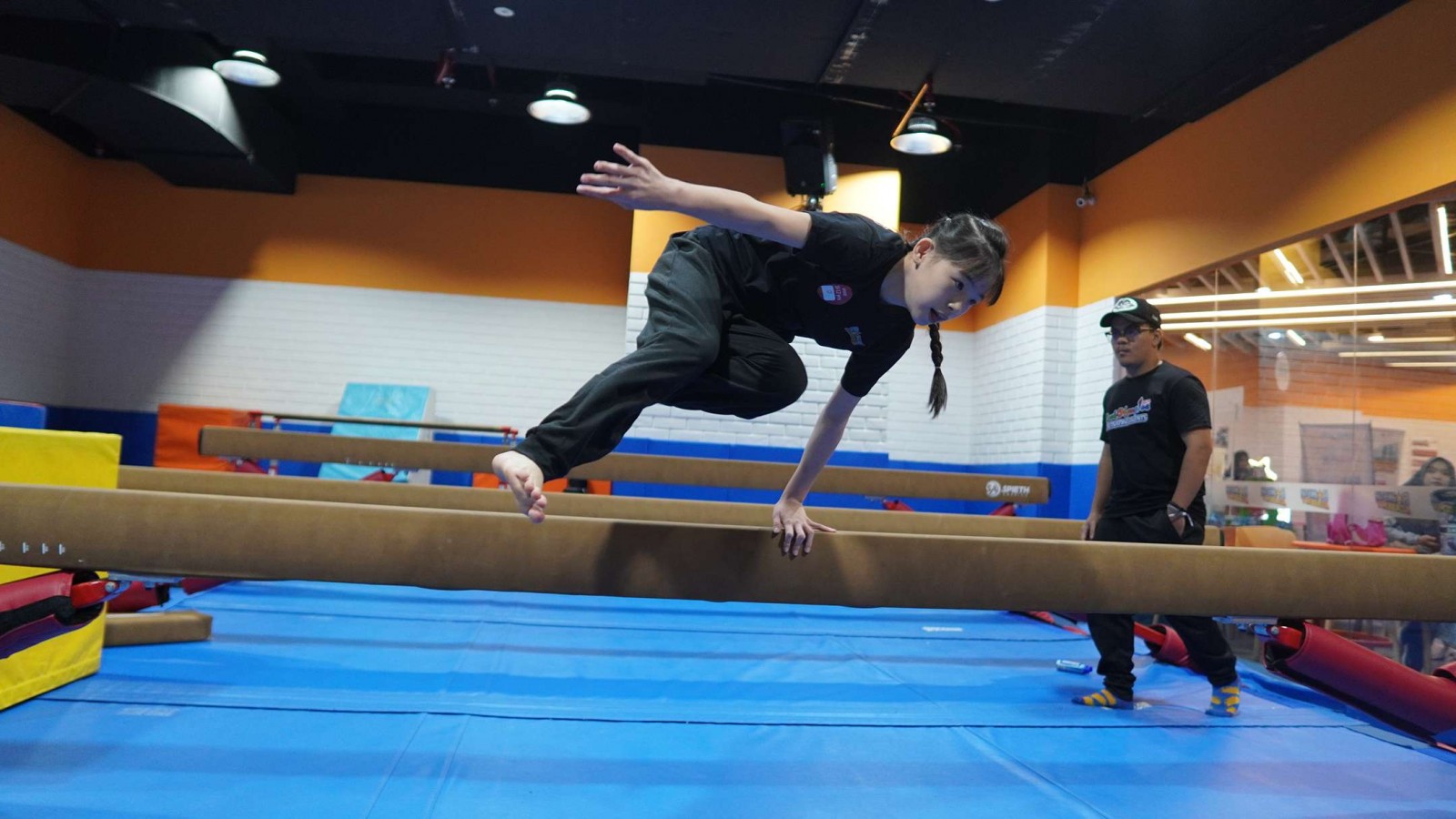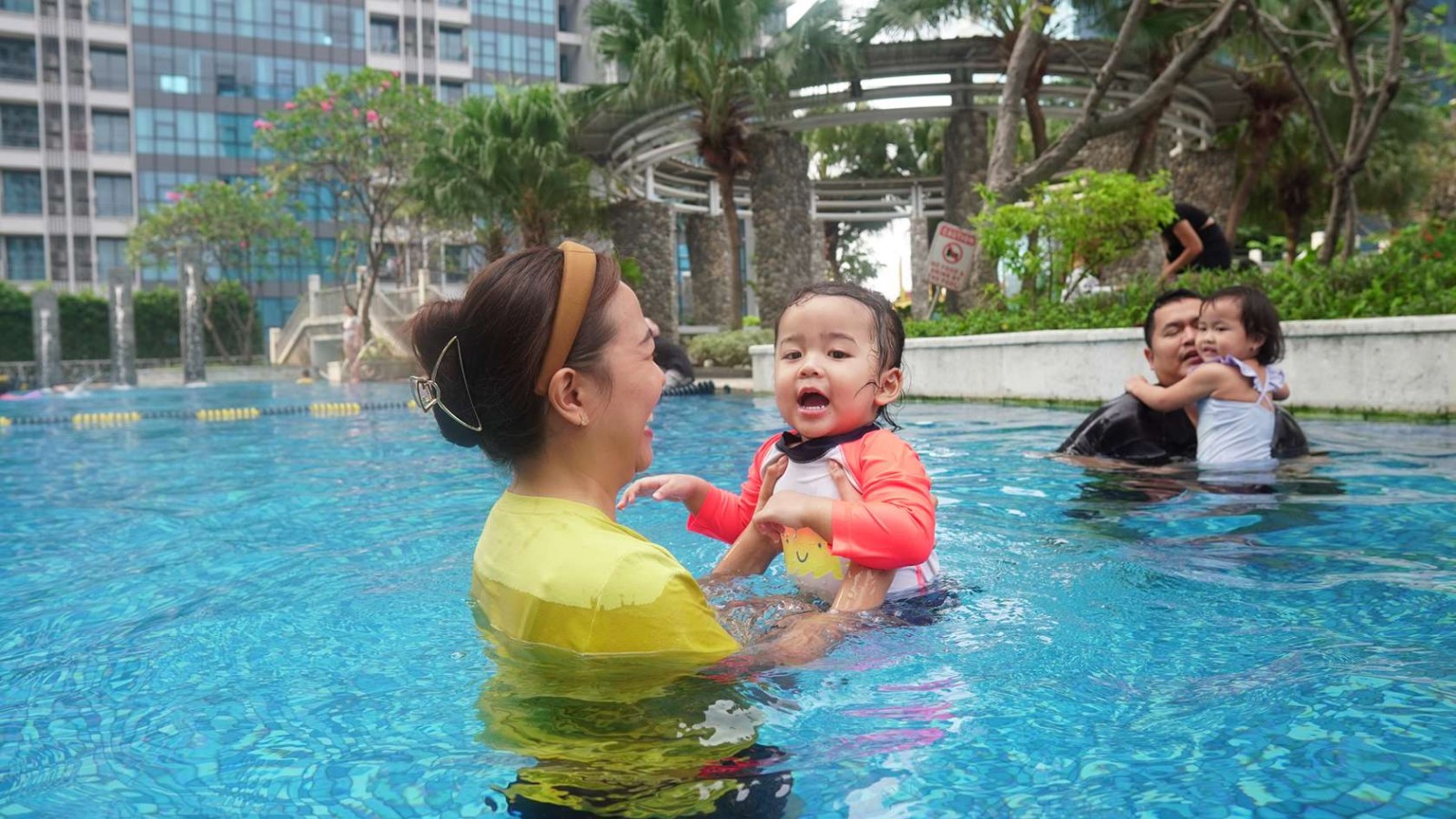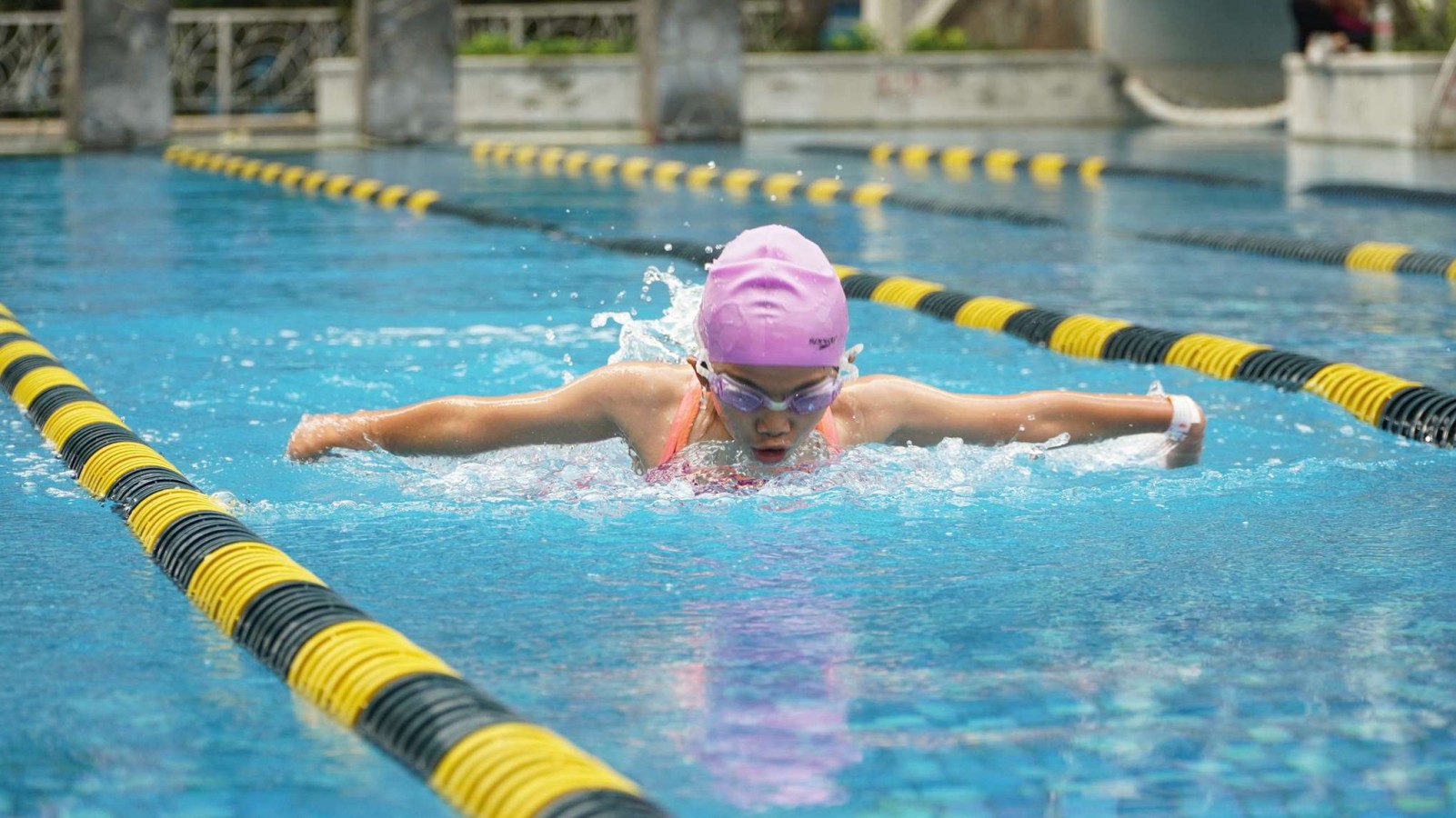10 Pickleball Drills To Leverage Your Games For Beginners

Pickleball, a sport that combines elements of tennis, badminton, and ping pong, has been gaining popularity worldwide for its accessibility and fast-paced nature. For beginners looking to enhance their skills and elevate their game, structured drills are essential.
In this article, we will explore 10 effective pickleball drills specifically designed for beginners. Each drill comes with step-by-step instructions to help players improve their skills and gain confidence on the court.
10 Pickleball Drills To Leverage Your Games For Beginners
Many beginners in the sport of pickleball often find themselves grappling with the various nuances of the game, struggling to master the precise techniques and strategic moves that can significantly impact their performance on the court.
The transition from other racquet sports or even for those entirely new to sports can be particularly challenging. Pickleball demands a unique blend of skills, including dinking, volleying, and strategic positioning on the court.
To assist these beginners in overcoming their initial hurdles and fostering improvement, here are 10 pickleball drills that can help beginners improve their skills and enhance their game:
1. Groundstroke Consistency Drill
The Groundstroke Consistency Drill in pickleball is designed to improve a player's ability to maintain control and accuracy when hitting groundstrokes.
Steps:
- Stand at the baseline and hit the ball back and forth with your partner.
- Focus on maintaining a steady rhythm and keeping the ball in play.
- Gradually increase the speed and intensity of your shots as you become more comfortable.
2. Dink and Drop Drill
The Dink and Drop Drill in pickleball is specifically designed to enhance a player's finesse and control at the non-volley zone (kitchen). The primary objective is to develop the ability to hit controlled and low shots that land close to the net, making it challenging for opponents to attack.
Steps:
- Stand at the non-volley zone (kitchen) line with your partner.
- Practice hitting soft, controlled shots (dinks) back and forth.
- Alternate between dinks and dropping the ball just over the net, challenging your partner to respond.
3. Serve and Volley Drill
The Serve and Volley Drill in pickleball serves the purpose of refining a player's skills in executing an effective serve-and-volley strategy.The primary objective is to develop the ability to capitalize on a strong serve and maintain an advantageous position at the net.
Steps:
- Start at the baseline and serve to your partner on the opposite side.
- Rush towards the net and attempt to volley their return.
- Focus on maintaining good footwork and positioning at the net.
4. Sideways Dinking Drill
The primary objective is to develop lateral mobility, quick reflexes, and the capability to maintain a consistent and controlled dink while engaged in side-to-side movement.
Steps:
- Stand on one side of the net with your partner on the other.
- Dink the ball back and forth while moving sideways along the baseline.
- This drill enhances your ability to maintain control while covering the width of the court.
5. Third Shot Drop Drill
The primary objective of this drill is to develop touch, control, and precision in delivering a soft drop shot that lands close to the net.
Steps:
- After the serve, let the ball bounce once before hitting a soft, controlled drop shot.
- Focus on accuracy and placement rather than power.
- Alternate with your partner to practice both serving and returning the third shot drop.
6. Poach and Putaway Drill
The Poach and Putaway Drill in pickleball is designed to improve a player's ability to anticipate and intercept the opponent's shot (poaching) and then capitalize on the opportunity to make an aggressive and well-placed shot to win the point (putaway).
Steps:
- Play doubles with a partner against another pair.
- Communicate with your partner and poach (intercept) shots when possible.
- Once you've poached successfully, work on putting the ball away with authority.
7. Cross-Court Dinking Drill
The Cross-Court Dinking Drill in pickleball is designed to improve a player's precision and control in executing cross-court dink shots.
Steps:
- Stand diagonally across the net from your partner.
- Practice dinking the ball diagonally back and forth, focusing on precision.
- This drill improves your ability to control shots across the court.
8. Defensive Lob Drill
The objective of the Defensive Lob Drill in pickleball is to develop and refine a player's defensive skills, specifically focusing on the ability to execute a well-timed and accurately placed lob shot.
Steps:
- Stand near the baseline while your partner approaches the net.
- Practice hitting defensive lobs when your opponent rushes the net.
- This drill helps you regain control and reset the point.
9. Footwork Agility Drill
The primary objective of this drill is to improve overall court movement and agility.
Steps:
- Set up cones or markers in a zigzag pattern or any other pattern on the court.
- Practice moving quickly and efficiently through the markers.
- This drill enhances your footwork, allowing you to reach shots with ease.
10. Game Simulation Drill
The Game Simulation Drill in pickleball is designed to replicate real-game scenarios, providing players with a practice environment that closely simulates the conditions, challenges, and decision-making required during an actual match.
Steps:
- Play a game with your partner, incorporating all the skills you've practiced.
- Focus on applying the drills to actual gameplay situations.
- Analyze and discuss strategies and areas for improvement after the game.
Which Pickleball Drill You Are Going To Try First?
Incorporating these 10 pickleball drills into your training routine can significantly elevate your game as a beginner. From mastering groundstrokes to perfecting the third shot drop, each drill targets specific skills essential for success on the pickleball court. Remember to practice regularly, stay focused, and enjoy the journey of improving your pickleball prowess.
To kickstart this enriching journey, consider enrolling your children in pickleball classes at Rockstar Academy, a premier Sports & Performing Arts Academy. With a diverse range of programs catering to various skill levels and interests, Rockstar Academy ensures a holistic learning experience.
Moreover, they generously provide a free trial class for those curious to explore the world of pickleball. Give your child the opportunity to thrive both on and off the court with Rockstar Academy's exceptional programs and expert guidance!
FAQ
1. How often should I practice these pickleball drills?
Aim to practice these drills at least two to three times a week to see noticeable improvement in your pickleball skills.
2. Can I practice pickleball drills alone?
While some drills are designed for pairs, many can be adapted for solo practice. For instance, you can use a practice wall for groundstroke consistency or practice serving and third shot drops on your own.
3. Can I still benefit from these drills if I am new in pickleball?
Absolutely! These drills are specifically tailored for beginners to build a solid foundation and improve various aspects of their game.
4. How long should each drill session last?
Aim for 30 to 60 minutes per session, ensuring you focus on quality rather than quantity. Short, focused sessions are more effective than prolonged, unfocused ones.
5. When is the best time to incorporate these drills into my training routine?
Ideally, include these drills in your regular practice routine after a brief warm-up. You can also dedicate specific days to work on certain aspects of your game.



